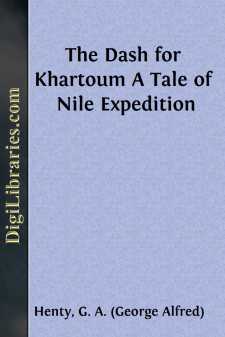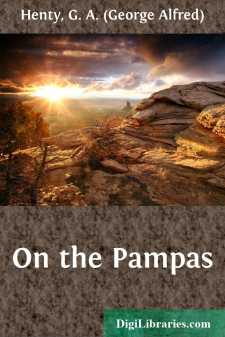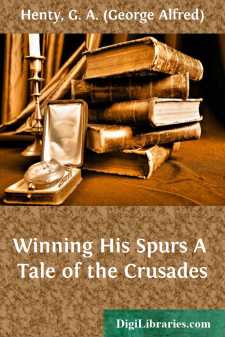Categories
- Antiques & Collectibles 13
- Architecture 36
- Art 48
- Bibles 22
- Biography & Autobiography 813
- Body, Mind & Spirit 142
- Business & Economics 28
- Children's Books 17
- Children's Fiction 14
- Computers 4
- Cooking 94
- Crafts & Hobbies 4
- Drama 346
- Education 46
- Family & Relationships 57
- Fiction 11829
- Games 19
- Gardening 17
- Health & Fitness 34
- History 1377
- House & Home 1
- Humor 147
- Juvenile Fiction 1873
- Juvenile Nonfiction 202
- Language Arts & Disciplines 88
- Law 16
- Literary Collections 686
- Literary Criticism 179
- Mathematics 13
- Medical 41
- Music 40
- Nature 179
- Non-Classifiable 1768
- Performing Arts 7
- Periodicals 1453
- Philosophy 64
- Photography 2
- Poetry 896
- Political Science 203
- Psychology 42
- Reference 154
- Religion 513
- Science 126
- Self-Help 84
- Social Science 81
- Sports & Recreation 34
- Study Aids 3
- Technology & Engineering 59
- Transportation 23
- Travel 463
- True Crime 29
Both Sides the Border A Tale of Hotspur and Glendower
Categories:
Description:
Excerpt
Preface.
The four opening years of the fifteenth century were among the most stirring in the history of England. Owen Glendower carried fire and slaughter among the Welsh marches, captured most of the strong places held by the English, and foiled three invasions, led by the king himself. The northern borders were invaded by Douglas; who, after devastating a large portion of Northumberland, Cumberland, and Durham, was defeated and taken prisoner at the battle of Homildon, by the Earl of Northumberland, and his son Hotspur. Then followed the strange and unnatural coalition between the Percys, Douglas of Scotland, Glendower of Wales, and Sir Edmund Mortimer--a coalition that would assuredly have overthrown the king, erected the young Earl of March as a puppet monarch under the tutelage of the Percys, and secured the independence of Wales, had the royal forces arrived one day later at Shrewsbury, and so allowed the confederate armies to unite.
King Henry's victory there, entailing the death of Hotspur and the capture of Douglas, put an end to this formidable insurrection; for, although the Earl of Northumberland twice subsequently raised the banner of revolt, these risings were easily crushed; while Glendower's power waned, and order, never again to be broken, was at length restored in Wales. The continual state of unrest and chronic warfare, between the inhabitants of both sides of the border, was full of adventures as stirring and romantic as that in which the hero of the story took part.
G. A. Henty.
A lad was standing on the little lookout turret, on the top of a border fortalice. The place was evidently built solely with an eye to defence, comfort being an altogether secondary consideration. It was a square building, of rough stone, the walls broken only by narrow loopholes; and the door, which was ten feet above the ground, was reached by broad wooden steps, which could be hauled up in case of necessity; and were, in fact, raised every night.
The building was some forty feet square. The upper floor was divided into several chambers, which were the sleeping places of its lord and master, his family, and the women of the household. The floor below, onto which the door from without opened, was undivided save by two rows of stone pillars that supported the beams of the floor above. In one corner the floor, some fifteen feet square, was raised somewhat above the general level. This was set aside for the use of the master and the family. The rest of the apartment was used as the living and sleeping room of the followers, and hinds, of the fortalice.
The basement--which, although on a level with the ground outside, could be approached only by a trapdoor and ladder from the room above--was the storeroom, and contained sacks of barley and oatmeal, sides of bacon, firewood, sacks of beans, and trusses of hay for the use of the horses and cattle, should the place have to stand a short siege. In the centre was a well.
The roof of the house was flat, and paved with square blocks of stone; a parapet three feet high surrounded it....












